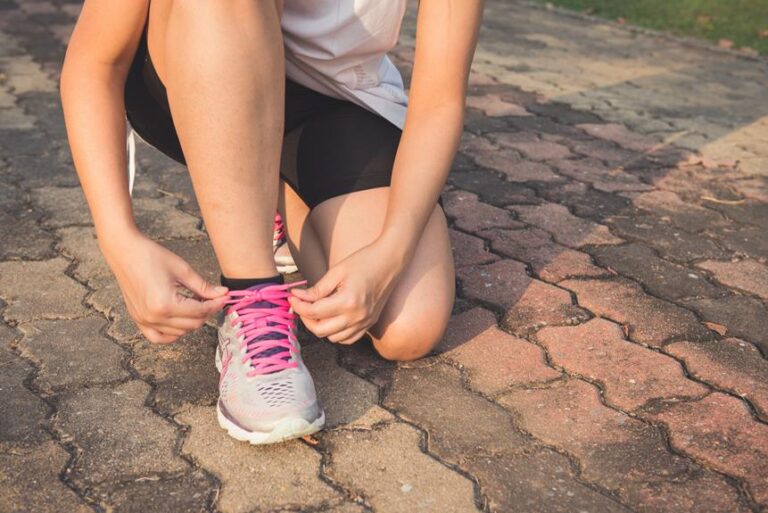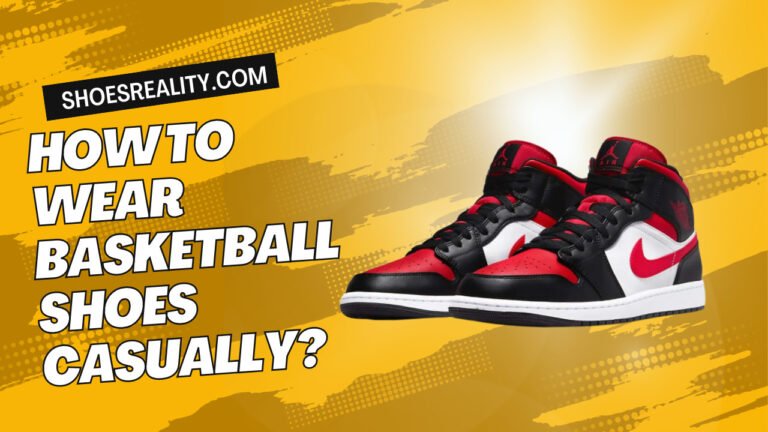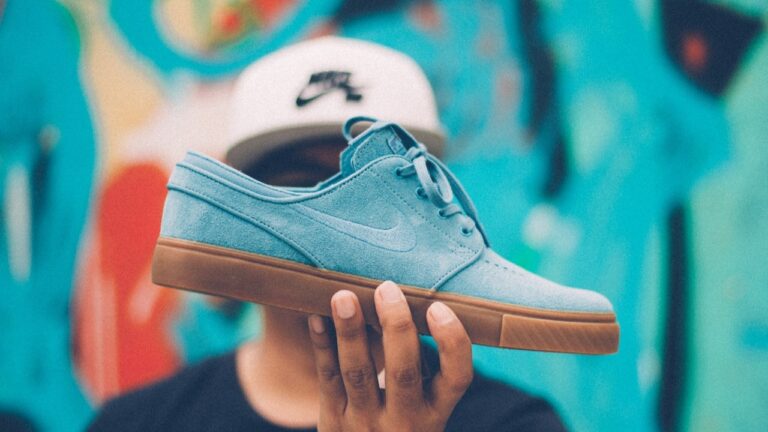What Does SE Mean in Shoes in 2023
Discover the meaning of SE Mean in shoes and why it matters for your footwear choices. Learn how to make informed decisions when shopping for shoes.
Shoes are essential to our everyday attire, and the various features and technologies used in shoe design can greatly impact our comfort and performance. One such feature you may have encountered when shopping for shoes is SE. But what exactly does SE mean in the context of shoes, and why is it used?
SE stands for Support Element, which refers to a specific type of technology used in shoe design to provide additional support and stability to the foot. SE is typically located on the shoe’s sole and can take many different forms, such as a reinforced midsole, shank, or heel counter. The purpose of SE is to help distribute weight evenly across the foot and prevent overpronation or supination, which can lead to foot and ankle injuries.
SE is used in a wide range of shoes, from running shoes to hiking boots to dress shoes. It is particularly popular in athletic footwear, where stability and support are crucial for performance and injury prevention. Many top shoe brands, such as Nike, Adidas, and New Balance, incorporate SE into their shoe designs to provide customers with the best fit and support.
In the following sections of this post, we will dive deeper into the history and significance of SE in shoe design and provide tips on choosing the right SE shoes for your needs. Whether you’re an athlete looking to improve your performance or simply someone in search of comfortable and supportive shoes, understanding the role of SE in shoe design can help you make more informed decisions when shopping for footwear.
Ask About APPS
History of SE in Shoes
SE technology has been an integral part of shoe design for several decades, and the changing needs and preferences of athletes and everyday consumers have shaped its evolution. Let’s take a closer look at the history of SE in shoe design.
The origins of SE in shoe manufacturing can be traced back to the early 20th century, when shoes were primarily made by hand. At that time, shoe manufacturers would use various materials, such as leather and canvas, to create shoes with a sturdy soles and good arch support. However, as shoe production became more mechanized, new materials and design features were introduced to enhance the performance and durability of shoes.
In the 1970s, SE technology began to take shape in athletic footwear, introducing features such as reinforced midsoles and heel counters. These features helped to stabilize the foot during physical activity and reduce the risk of injury. As the popularity of running and other sports increased, shoe manufacturers began incorporating SE into their shoe lines, and the technology continued to evolve.
Today, SE is used in a wide range of shoe types, from running shoes to hiking boots to dress shoes. Key brands such as Nike, Adidas, and New Balance have developed their own proprietary SE technologies, such as Nike’s Flywire and Adidas’ Torsion system. These technologies use advanced materials and design features to provide maximum support and stability to the foot.
In addition to athletic footwear, SE technology has also been incorporated into everyday shoes to provide greater comfort and support. Many popular shoe styles, such as loafers and oxfords, now include SE features such as cushioned insoles and reinforced soles.
Overall, the history of SE in shoe design has been shaped by a desire to provide greater support and stability to the foot, whether for athletic performance or everyday comfort. As shoe technology continues to evolve, we can expect to see new and innovative SE features that will further enhance the quality and performance of footwear.
The Significance of SE in Shoes
SE technology in shoes offers a range of benefits that can improve foot comfort, and performance, and prevent injuries. In this section, we will discuss the significance of SE and compare it to other shoe features, as well as provide examples of SE in action.
The main advantage of SE in shoes is that it provides extra support and stability to the foot. This can be especially important for athletes, who often engage in high-impact activities that can strain their feet and joints. SE technology helps distribute the body’s weight evenly across the foot, reducing the risk of injuries such as plantar fasciitis, shin splints, and ankle sprains.
SE is often compared to other shoe features, such as cushioning and arch support. While cushioning and arch support can also help reduce foot fatigue and prevent injuries, they do not offer the same level of stability as SE. SE is designed to keep the foot in a neutral position, which helps prevent overpronation or supination, which can lead to ankle and foot injuries.
Examples of SE in action can be seen in various types of shoes. For example, hiking boots often feature a shank, a stiff insert that runs through the shoe’s sole, providing extra support and stability when walking on uneven terrain. Running shoes may have a reinforced midsole that helps absorb shock and prevent the foot from rolling inward.
How to Shop for Shoes with SE
Shopping for shoes with SE technology can be overwhelming with so many options on the market. In this section, we will provide the following:
- Tips for finding the right SE shoes for your needs.
- Factors to consider when buying SE shoes.
- Recommendations for specific SE shoes.
When shopping for shoes with SE technology, it is essential to consider your specific needs. If you are an athlete, you may require shoes with extra cushioning and support to prevent injuries. You may need shoes with specific arch support or extra cushioning if you have foot problems, such as flat feet or plantar fasciitis.
One of the essential factors to consider when buying SE shoes is the type of activity you will be engaging in. Different SE technologies are designed for running, hiking, or walking activities. Make sure to choose shoes with SE technology that is appropriate for your activity level and needs.
Another factor to consider is the fit of the shoes. SE shoes that are too tight or too loose can be uncomfortable and even lead to foot injuries. Make sure to try on SE shoes with the socks you plan to wear and walk around in them to ensure a good fit.
Some specific SE shoes that we recommend are the Nike Air Zoom Pegasus, Adidas Ultraboost, and New Balance Fresh Foam. These shoes are popular among athletes and casual wearers alike and are designed with advanced SE technology for maximum comfort and performance.
In conclusion, shopping for shoes with SE technology can be made easier by considering your specific needs, the type of activity you will engage in, and ensuring a good fit. With so many options available, you can find the perfect pair of SE shoes that will provide the support and stability your feet need to stay healthy and pain-free.
Conclusion
In conclusion, SE technology has become popular in shoes, providing extra support and foot stability. We have discussed the origins and evolution of SE in shoe manufacturing, the benefits of SE in shoes, and how to shop for SE shoes. Here is a quick recap of the key points:
- SE technology in shoes provides extra support and stability to the foot, reducing the risk of injuries and improving performance.
- SE is often compared to other shoe features, such as cushioning and arch support, but stands out for its ability to keep the foot in a neutral position.
- When shopping for SE shoes, consider your specific needs, and the type of activity you will engage in, and ensure fit.
- Specific SE shoes that we recommend include the Nike Air Zoom Pegasus, Adidas Ultraboost, and New Balance Fresh Foam.
FAQs
What does SE mean in shoes?
SE stands for “stability element,” which is a feature in shoes designed to provide extra support and stability to the feet.
How does SE technology work in shoes?
SE technology works by incorporating a support element into the shoe’s design that helps keep the foot in a neutral position. This reduces the risk of injuries and improves performance.
Are SE shoes only for athletes?
No, SE shoes can be worn by anyone who wants extra support and stability in their footwear. They are popular among athletes but are also suitable for casual wear.
How do I know if a shoe has SE technology?
Shoes with SE technology will usually have “SE” or “stability element” listed in the product description. Look for shoes from brands that are known for incorporating SE technology, such as Nike, Adidas, and New Balance.
What types of activities are SE shoes best for?
SE shoes are best for activities that require stability and support, such as running, hiking, and walking. They can also benefit individuals with foot problems, such as flat feet or plantar fasciitis.
Are SE shoes more expensive than regular shoes?
SE shoes can be more expensive than regular shoes due to the advanced technology and materials used in their design. However, affordable options are also available, and the price will depend on the brand and specific shoe model.





![How To Clean Brooks Shoes: Keep Your Shoes Fresh [Top Guide]](https://shoesreality.com/wp-content/uploads/2023/10/How-To-Clean-Brooks-Shoes-768x402.jpg)

